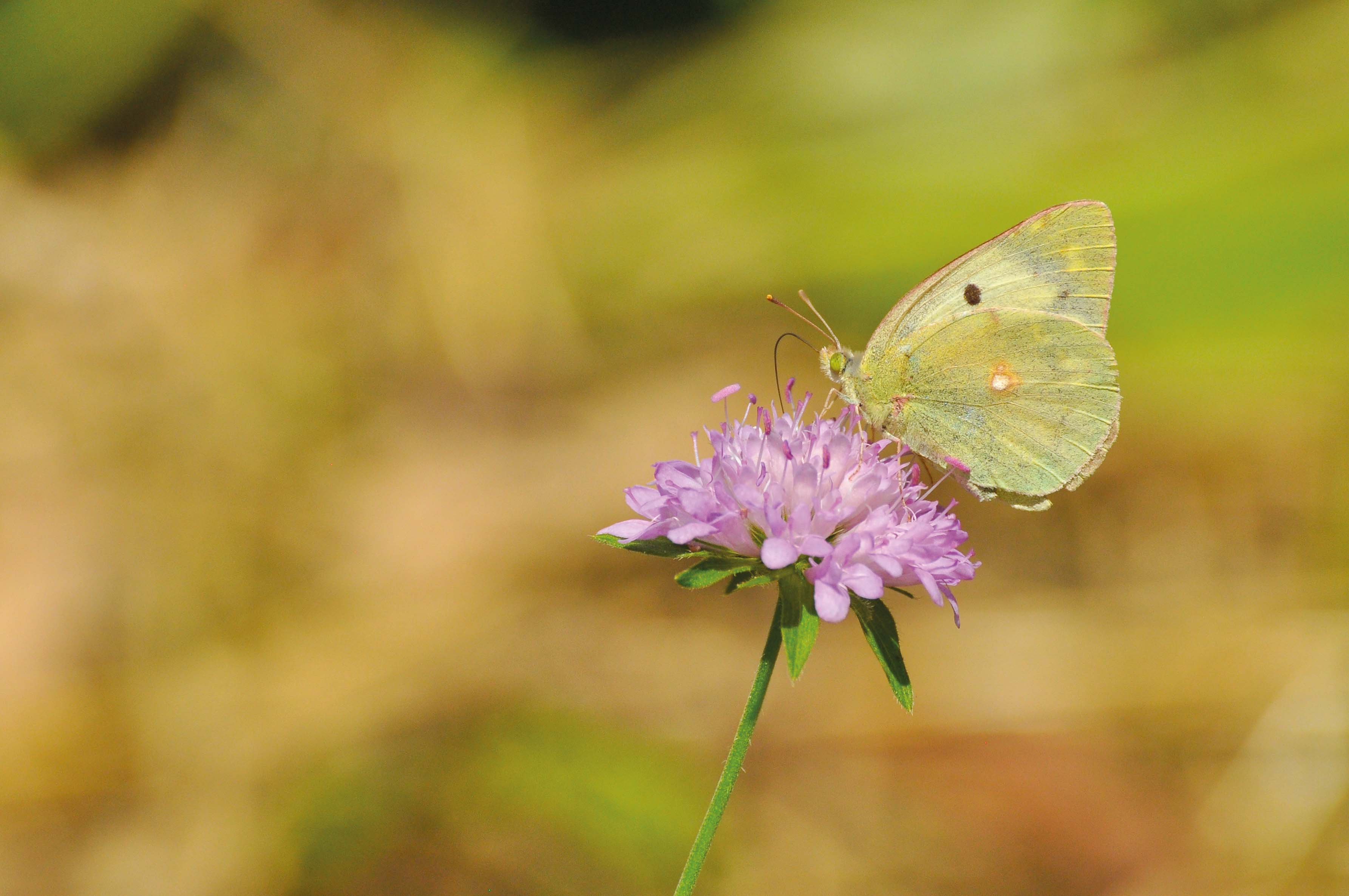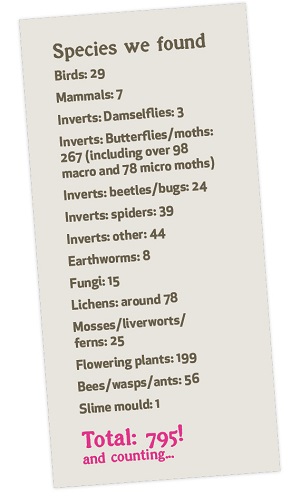BioBlitz

With themed talks, guided walks, and a myriad of amazing discoveries, it was a fantastic day celebrating the diverse wildlife at Westonbirt Arboretum.
With hundreds of different species uncovered, experts are still working on the final count, but here's a good look at the fantastic array of flora and fauna we have identified so far. These are some of our unusual, rare or interesting finds:
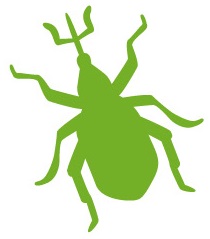 | Acorn Weevil beetle (Curculio venosus)This beetle has a strikingly long snout, known as a ‘rostrum’. This is longer on females than males. The female uses her rostrum to bore into acorns and lay her eggs. |
 | Four Spotted Footman Moth (Lithosia quadra)Few records of this moth in Gloucestershire to date. Only the females have the spots which give the species its name; often there appear to be only three spots, as the wings overlap when at rest. |
 | Fern grass (Catapodium rigidum)Fern grass is so called because of its likeness of the flower head to a fern leaf. The scientific genus ‘Catapodium’ is made up of two words meaning diminutive foot which refers to the flower spikelets which have very short stalks. |
 | Nettle Leaved Bellflower (Campanula tracheleum)Is locally a common plant in woodlands, but at Westonbirt it is much rarer than the Spreading Bellflower! Both are ancient woodland indicator species. |
 | Clouded yellow butterfly (Colias croceus)Is a butterfly that migrates to the UK each year from Southern Europe, being usually unable to survive our winters. The Bioblitz record was the first at Westonbirt and locally this year, though they do arrive earlier further south. |
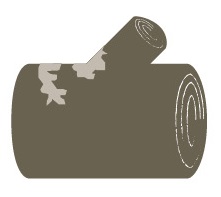 | Lichen (Parmotrema reticulatum)A fine grey lichen that often grows on trees and rocks in the south and west of the UK. |
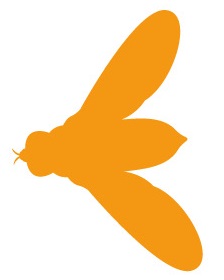 | Downland Villa Bee-fly (Villa cingulata)Was considered almost extinct in the UK but has been seen again recently. It was recorded at Westonbirt last year, and in the Cotswolds in general. It is probably a parasite of solitary bees, laying eggs on the ground. When the larvae hatch, they crawl in to the hosts nest where they eat the hosts eggs and larva. |
 | Earthworm (Dendrodrilus Rubidus)An under recorded earthworm was found in a decaying log at Beech Bank, just beyond Waste Gate. |
 | Garden Tiger Moth (Arctia caja)A beautiful patterned moth. It is in decline and numbers have fallen by approx 90% in the last 30 years. Its caterpillars are very hairy. |
 | Spreading Bellflower (Campanula patula)Is widespread in Europe but in the UK, it is restricted to the Welsh borders and Severn Valley and is listed as nationally scarce. At Westonbirt, we have an unusually good population with 21 plants found during the BioBlitz period. |
'Did you know?'
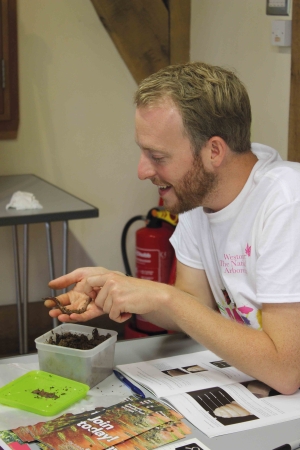
Facts from our expert recorders
“All blue tits in Britain eat moth caterpillars, this has been calculated at over 35billion eaten in one year. It’s amazing the moths survive." Peter Cranswick, Gloucestershire Butterfly Conservation – Moth Recorder
“If you cut an earthworm in half this doesn’t make two worms but the head may grow another tail." “In summer they dig deep into soil and go into a dormant state until autumn." Frank Ashwood, Forest Research – Worm Recorder
“We spotted the clouded yellow butterfly for the first time this year at the BioBlitz. It is a migrant butterfly which we would normally see at the end of July." Carol Taylor, Fauna and Flora Group Volunteer“It is estimated that there are two and a quarter million spiders in one acre of hay meadow in the UK." Peter Smithers, Bristol Naturalist Society – Spiders
We were absolutely thrilled with the wonderful results from this year's Bioblitz.
The sheer number of species found, not to mention some rare and unusual taxa, shows just what a haven Westonbirt is for wildlife.
The
historic downs are a
wonderful home for
all sorts of organisms
and we're delighted
to see what a positive
impact the restoration
has had in helping to
conserve such a huge
number of species.
